![[Photo] Independence Palace - a place that preserves the mark after 50 years of liberation photo 1](https://image.nhandan.vn/w2000/Uploaded/2025/fdmzftmztpmf/2025_04_16/ndo_br_img-6993-237-2419.jpg.webp) |
Before the historic April 30, 1975, the Independence Palace was one of the headquarters of the Saigon government, witnessing foreign military intervention that caused a devastating war in Vietnam. Above is an image of the Independence Palace seen from above (Photo taken in April 2025). |
![[Photo] Independence Palace - a place that preserves the mark after 50 years of liberation photo 2](https://image.nhandan.vn/w2000/Uploaded/2025/fdmzftmztpmf/2025_04_20/ndo_br_a-7420-9504.jpg.webp) |
| Image of Independence Palace before 1975. |
![[Photo] Independence Palace - a place that preserves the mark after 50 years of liberation photo 3](https://image.nhandan.vn/w2000/Uploaded/2025/fdmzftmztpmf/2025_04_20/ndo_br_a1-9648-2051.jpg.webp) |
Current image of the Independence Palace - 50 years after the victory (Photo taken in April 2025). |
![[Photo] Independence Palace - a place that preserves the mark after 50 years of liberation photo 4](https://image.nhandan.vn/w2000/Uploaded/2025/fdmzftmztpmf/2025_04_20/dat-8-6926-6974.jpg.webp) |
On April 30, 1975, tank number 390 of the liberation army crashed through the gate of the Independence Palace and entered. Currently, this gate is of great interest to foreign tourists who enjoy checking in every time they visit the Independence Palace ( Ho Chi Minh City). |
![[Photo] Independence Palace - a place that preserves the mark after 50 years of liberation photo 5](https://image.nhandan.vn/w2000/Uploaded/2025/fdmzftmztpmf/2025_04_20/dat-26-957-8339.jpg.webp) |
| During these historic April days, people from all over the country came to visit the historical site of the Independence Palace. |
![[Photo] Independence Palace - a place that preserves the mark after 50 years of liberation photo 6](https://image.nhandan.vn/w2000/Uploaded/2025/fdmzftmztpmf/2025_04_20/dat-27-9298-3356.jpg.webp) |
The Independence Palace is 26m high, has a construction area of 4,500m2; a usable area of about 20,000m2, including a basement, ground floor, 3 main floors, 2 mezzanines and 1 terrace with about 100 rooms with different interior decorations. |
![[Photo] Independence Palace - a place that preserves the mark after 50 years of liberation photo 7](https://image.nhandan.vn/w2000/Uploaded/2025/fdmzftmztpmf/2025_04_20/dat-36-2741-8614.jpg.webp) |
The architecture of the Independence Palace stands out with its combination of modern and traditional styles. Built to serve as the president's workplace and residence, the residence has clear functional areas: the president's and government's work area, the family's living area, ancillary areas, along with a system of solid bunkers. |
![[Photo] Independence Palace - a place that preserves the mark after 50 years of liberation photo 8](https://image.nhandan.vn/w2000/Uploaded/2025/fdmzftmztpmf/2025_04_20/dat-38-9220-8294.jpg.webp) |
Image of the ceremonial room inside the Independence Palace |
![[Photo] Independence Palace - a place that preserves the mark after 50 years of liberation photo 9](https://image.nhandan.vn/w2000/Uploaded/2025/fdmzftmztpmf/2025_04_20/ndo_br_dat-42-5858-3085.jpg.webp) |
The banquet hall, where receptions are held, can accommodate more than 100 guests. On October 31, 1967, the party took place to celebrate the inauguration of President Nguyen Van Thieu and Vice President Nguyen Cao Ky. |
![[Photo] Independence Palace - a place that preserves the mark after 50 years of liberation photo 10](https://image.nhandan.vn/w2000/Uploaded/2025/fdmzftmztpmf/2025_04_20/ndo_br_dat-28-9421-7587.jpg.webp) |
The current banquet room. |
![[Photo] Independence Palace - a place that preserves the mark after 50 years of liberation photo 11](https://image.nhandan.vn/w2000/Uploaded/2025/fdmzftmztpmf/2025_04_20/ndo_br_p-khach-3773-3842.jpg.webp) |
| The Presidential Living Room (where President Nguyen Van Thieu received guests) had the President’s chair placed higher than the other chairs. Behind it was a large wooden board symbolizing the Republic of Vietnam’s national flag. Opposite the President’s chair was the chair for the honored guest. Both chairs were carved with dragon heads. The remaining chairs carved with phoenix heads or the word “Tho” were for secretaries and assistants. |
![[Photo] Independence Palace - a place that preserves the mark after 50 years of liberation photo 12](https://image.nhandan.vn/w2000/Uploaded/2025/fdmzftmztpmf/2025_04_20/dat-70-8654-9052.jpg.webp) |
| The President's living room remains almost intact today. |
![[Photo] Independence Palace - a place that preserves the mark after 50 years of liberation photo 13](https://image.nhandan.vn/w2000/Uploaded/2025/fdmzftmztpmf/2025_04_20/dat-78-1625-4406.jpg.webp) |
Built in 1868, the Independence Palace was originally called Norodom Palace. In 1962, the Palace was rebuilt according to the design of architect Ngo Viet Thu, the first Vietnamese to win the Grand Prix of Rome. |
![[Photo] Independence Palace - a place that preserves the mark after 50 years of liberation photo 14](https://image.nhandan.vn/w2000/Uploaded/2025/fdmzftmztpmf/2025_04_20/ndo_br_dat-75-1600-629.jpg.webp) |
Large glass windows located between the corridors help to bring light to the entire building. This is also a check-in corner that many young people love when visiting the Independence Palace. |
![[Photo] Independence Palace - a place that preserves the mark after 50 years of liberation photo 15](https://image.nhandan.vn/w2000/Uploaded/2025/fdmzftmztpmf/2025_04_20/ndo_br_dat-81-9851-3717.jpg.webp) |
| Tourists are amazed to see that the architecture and interior of the Independence Palace are almost still intact. |
![[Photo] Independence Palace - a place that preserves the mark after 50 years of liberation photo 16](https://image.nhandan.vn/w2000/Uploaded/2025/fdmzftmztpmf/2025_04_20/ndo_br_p-noi-cac-8037-3196.jpg.webp) |
Cabinet room, where meetings of the Council of Ministers and the Cabinet of the Republic of Vietnam took place. |
![[Photo] Independence Palace - a place that preserves the mark after 50 years of liberation photo 17](https://image.nhandan.vn/w2000/Uploaded/2025/fdmzftmztpmf/2025_04_20/dat-32-7950-84.jpg.webp) |
| The current cabinet room. |
![[Photo] Independence Palace - a place that preserves the mark after 50 years of liberation photo 18](https://image.nhandan.vn/w2000/Uploaded/2025/fdmzftmztpmf/2025_04_20/dat-57-7370-4974.jpg.webp) |
| The President's office. President Nguyen Van Thieu (center), Prime Minister Tran Van Huong (right) received Minister of Culture , Education and Youth - Le Minh Tri (left) on September 25, 1968. |
![[Photo] Independence Palace - a place that preserves the mark after 50 years of liberation photo 19](https://image.nhandan.vn/w2000/Uploaded/2025/fdmzftmztpmf/2025_04_20/dat-58-2411-3508.jpg.webp) |
| The current President's office. |
![[Photo] Independence Palace - a place that preserves the mark after 50 years of liberation photo 20](https://image.nhandan.vn/w2000/Uploaded/2025/fdmzftmztpmf/2025_04_20/dat-94-1640-7591.jpg.webp) |
After visiting the entire Independence Palace, visitors can go to the top floor to admire the F-5E aircraft - an artifact associated with the event that contributed to victory in the final days of the war. |
![[Photo] Independence Palace - a place that preserves the mark after 50 years of liberation photo 21](https://image.nhandan.vn/w2000/Uploaded/2025/fdmzftmztpmf/2025_04_20/dat-95-3507-6033.jpg.webp) |
On April 8, 1975, pilot Nguyen Thanh Trung flew an F-5E from Bien Hoa and dropped a bomb on the Independence Palace. The attack only caused minor damage, with one bomb hitting the roof but only exploding the front part, causing a partial collapse of the roof. Traces of the bombing have been preserved and marked by the relic management board so that visitors can better visualize the event. |
![[Photo] Independence Palace - a place that preserves the mark after 50 years of liberation photo 22](https://image.nhandan.vn/w2000/Uploaded/2025/fdmzftmztpmf/2025_04_20/dat-105-8493-2749.jpg.webp) |
The basement is one of the areas that attracts the curiosity of many tourists when visiting the Independence Palace. |
![[Photo] Independence Palace - a place that preserves the mark after 50 years of liberation photo 23](https://image.nhandan.vn/w2000/Uploaded/2025/fdmzftmztpmf/2025_04_20/img-5453-178-3079.jpg.webp) |
The project was designed by engineer Phan Van Dien, solidly built with a length of 72.5m, width from 0.8 to 22.5m and depth from 0.6 to 2.5m. The rooms in the basement are connected by small, concrete-cast walkways, 5mm thick armored walls and have their own ventilation system. |
![[Photo] Independence Palace - a place that preserves the mark after 50 years of liberation photo 24](https://image.nhandan.vn/w2000/Uploaded/2025/fdmzftmztpmf/2025_04_20/dat-100-7369-847.jpg.webp) |
Following the exit from the basement, visitors will see the Jeep M151A2 - the vehicle that carried President Duong Van Minh to Saigon Radio Station at noon on April 30, 1975. Here, he read the declaration of unconditional surrender, officially ending the Saigon government and opening the moment of national reunification. |
![[Photo] Independence Palace - a place that preserves the mark after 50 years of liberation photo 25](https://image.nhandan.vn/w2000/Uploaded/2025/fdmzftmztpmf/2025_04_20/dat-103-144-8927.jpg.webp) |
| The Mercedes, one of the cars used by President Nguyen Van Thieu. |
![[Photo] Independence Palace - a place that preserves the mark after 50 years of liberation photo 26](https://image.nhandan.vn/w2000/Uploaded/2025/fdmzftmztpmf/2025_04_20/untitled-2-8708-7399.jpg.webp) |
| The basement - where secret documents of the Republic of Vietnam regime are kept - is of great interest to tourists. |
![[Photo] Independence Palace - a place that preserves the mark after 50 years of liberation photo 27](https://image.nhandan.vn/w2000/Uploaded/2025/fdmzftmztpmf/2025_04_20/dat-2-2891-2293.jpg.webp) |
| Independence Palace in the historic days of April. |
Source: https://nhandan.vn/anh-dinh-doc-lap-noi-luu-giu-dau-an-sau-50-nam-giai-phong-post873936.html




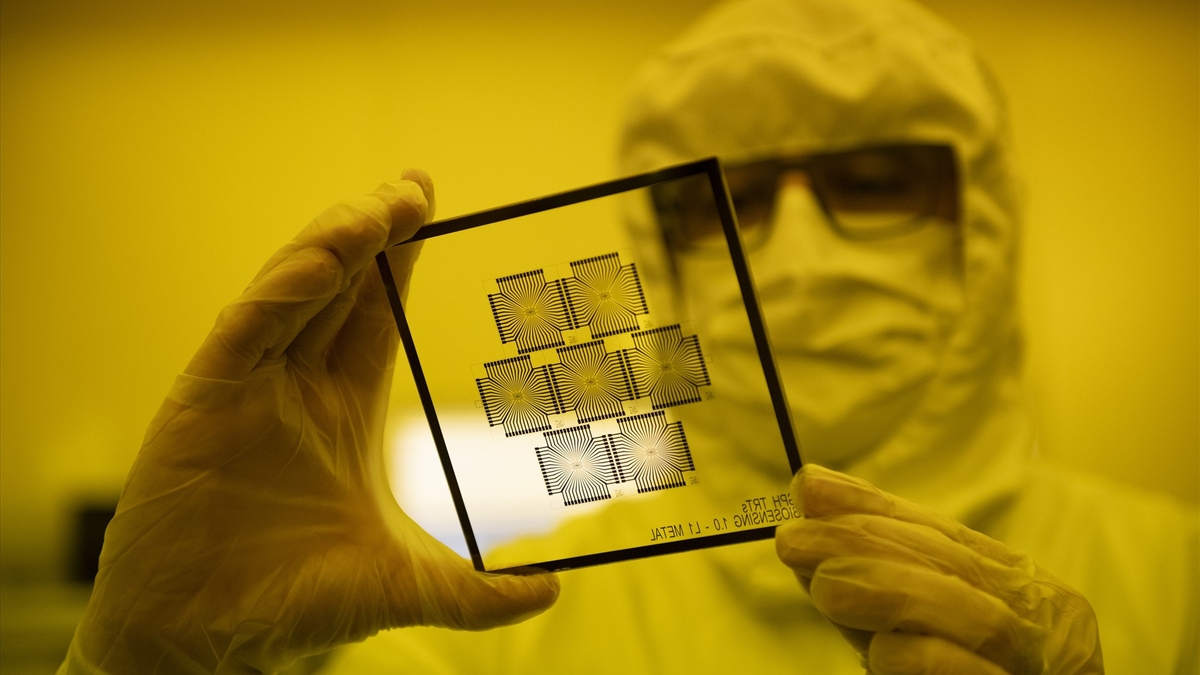

![[Photo] Da Nang: Hundreds of people join hands to clean up a vital tourist route after storm No. 13](https://vphoto.vietnam.vn/thumb/1200x675/vietnam/resource/IMAGE/2025/11/07/1762491638903_image-3-1353-jpg.webp)





![[Photo] Da Nang: Hundreds of people join hands to clean up a vital tourist route after storm No. 13](https://vphoto.vietnam.vn/thumb/402x226/vietnam/resource/IMAGE/2025/11/07/1762491638903_image-3-1353-jpg.webp)


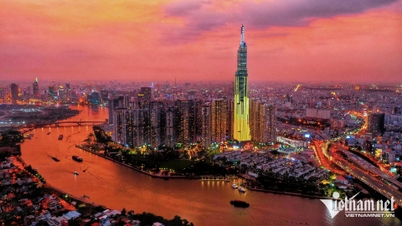


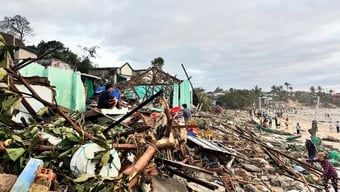


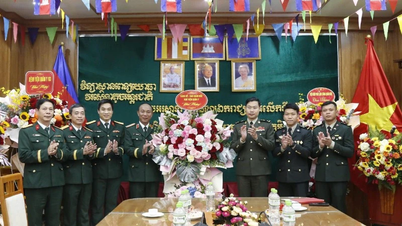

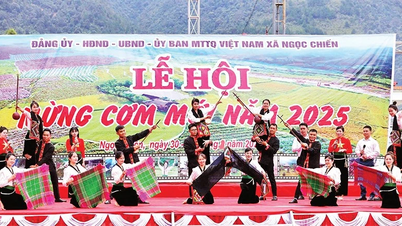

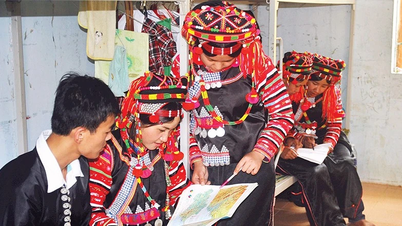



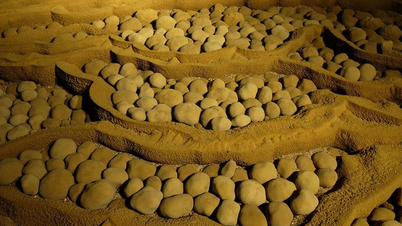

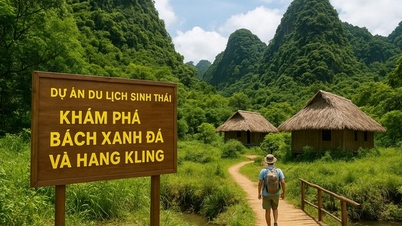




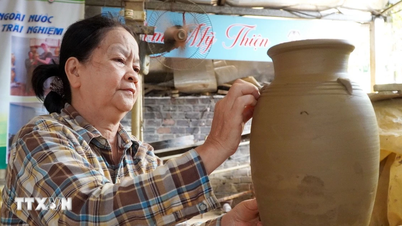
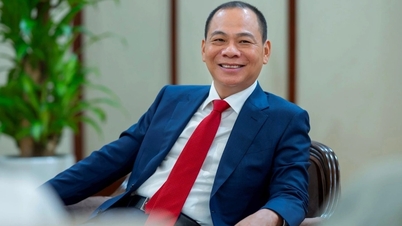



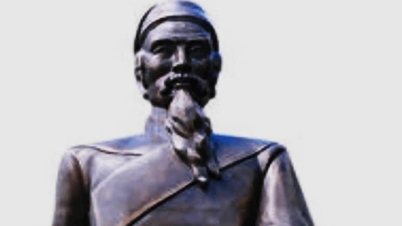

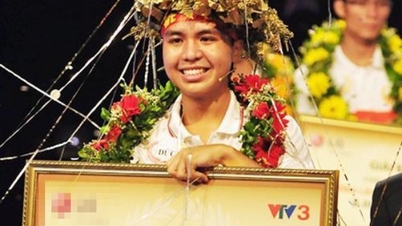



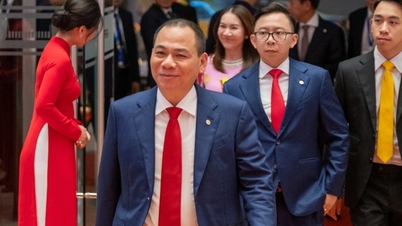


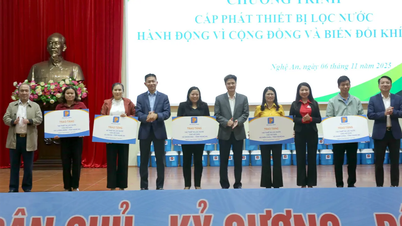


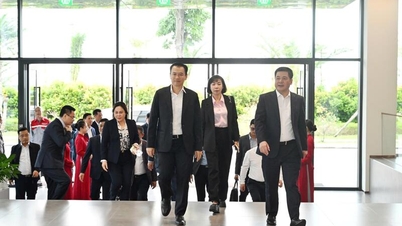
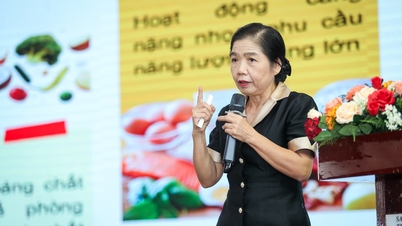
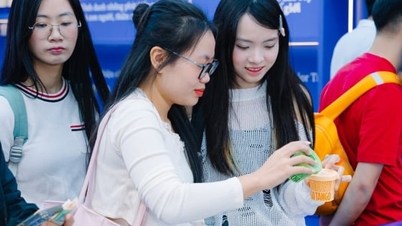







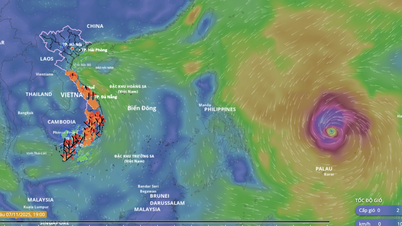




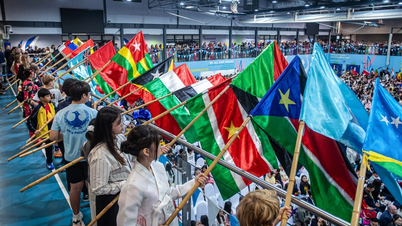

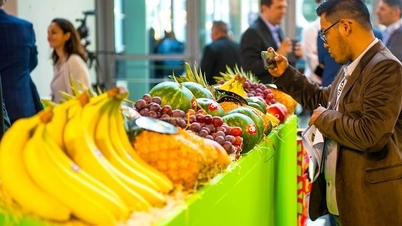


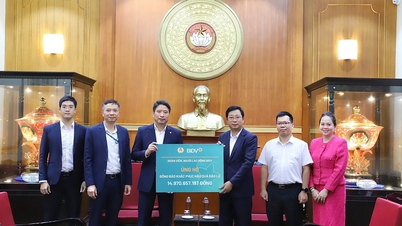

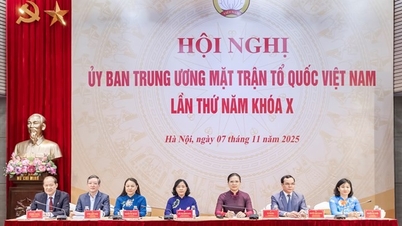
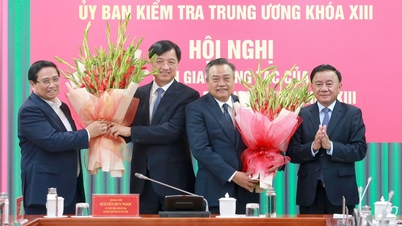
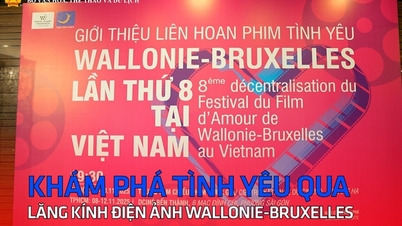










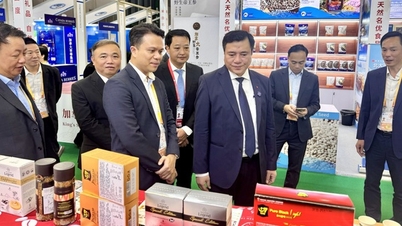











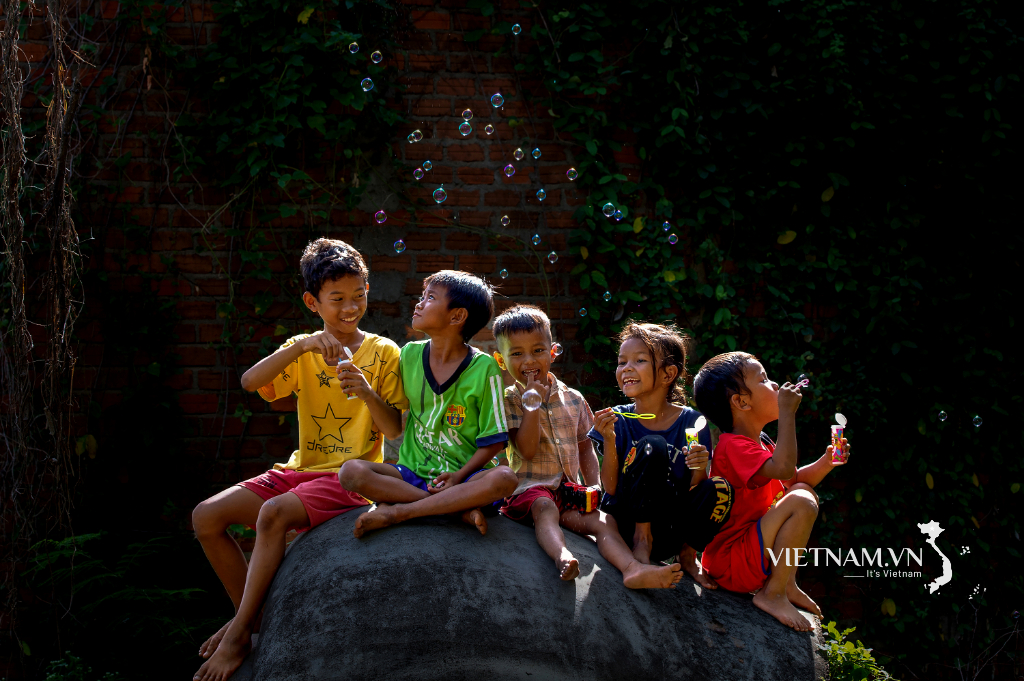


Comment (0)